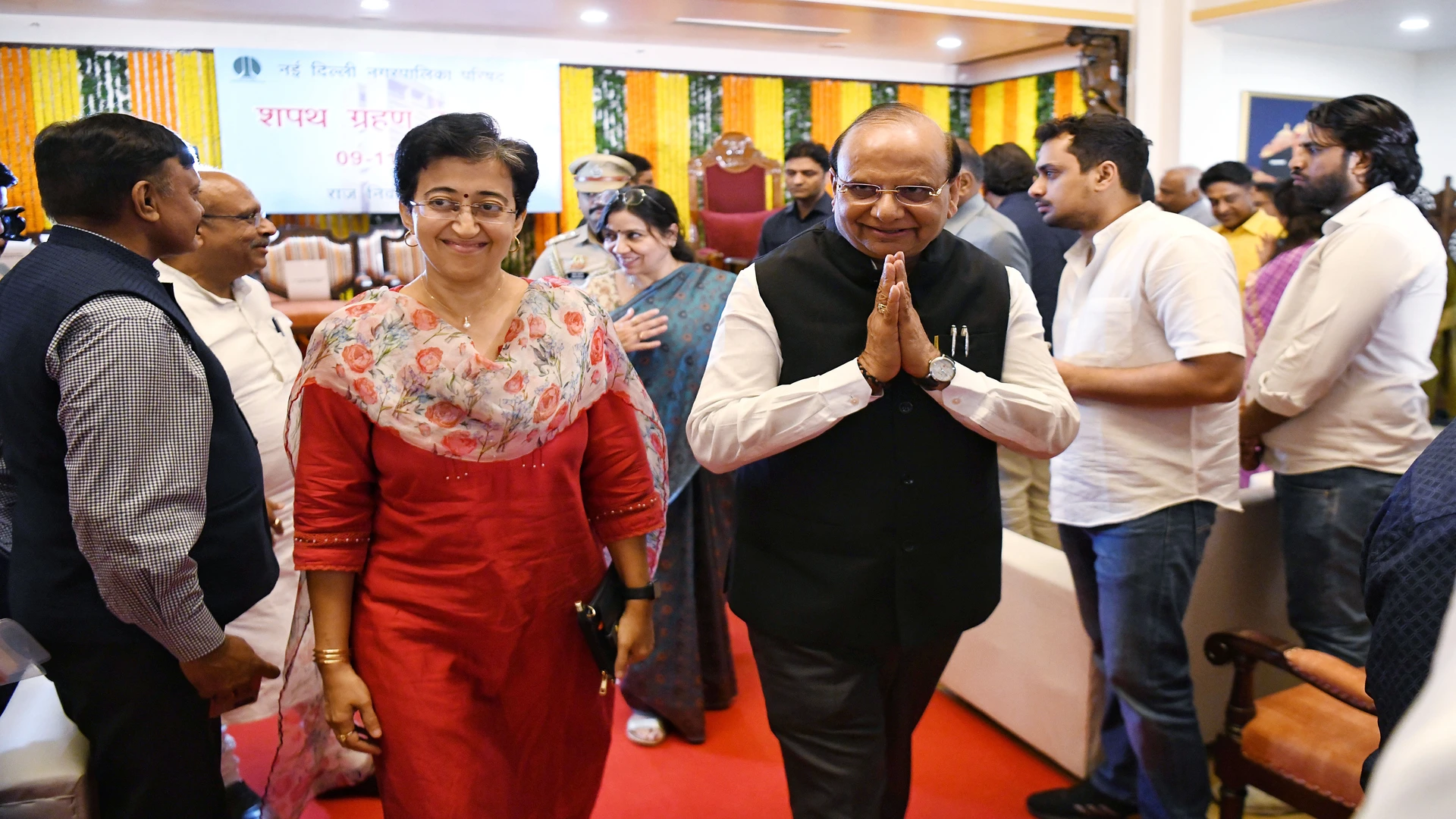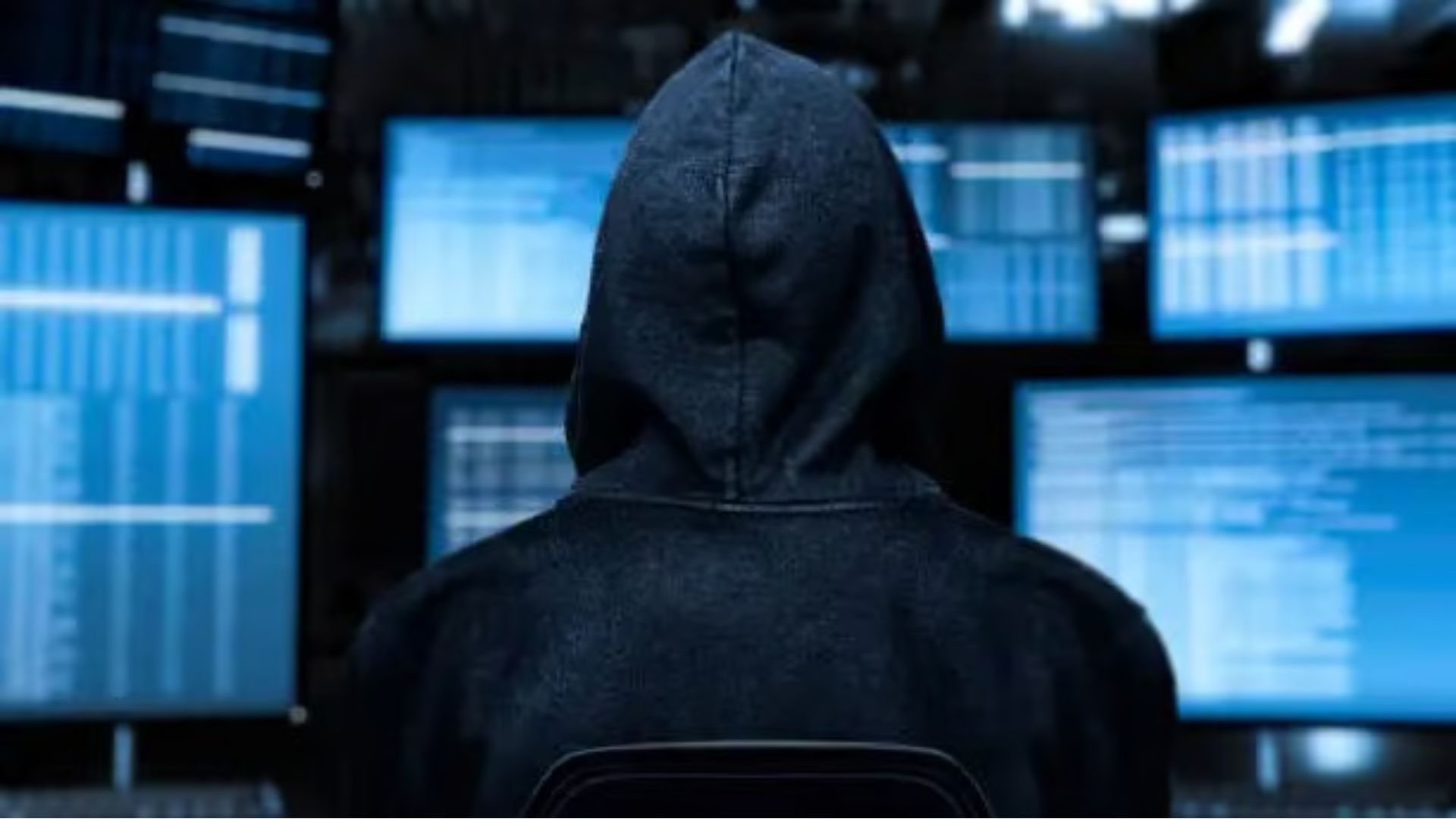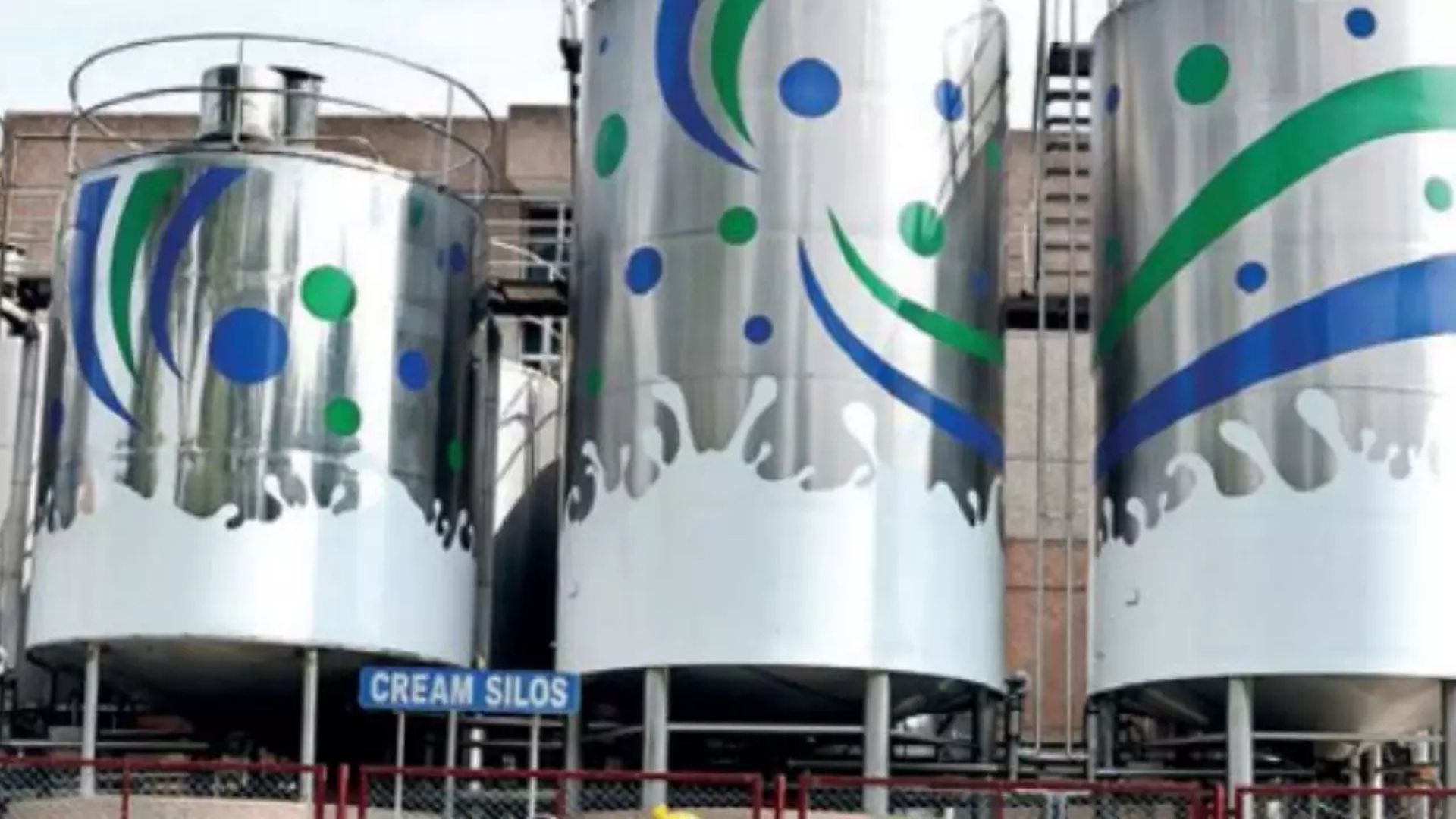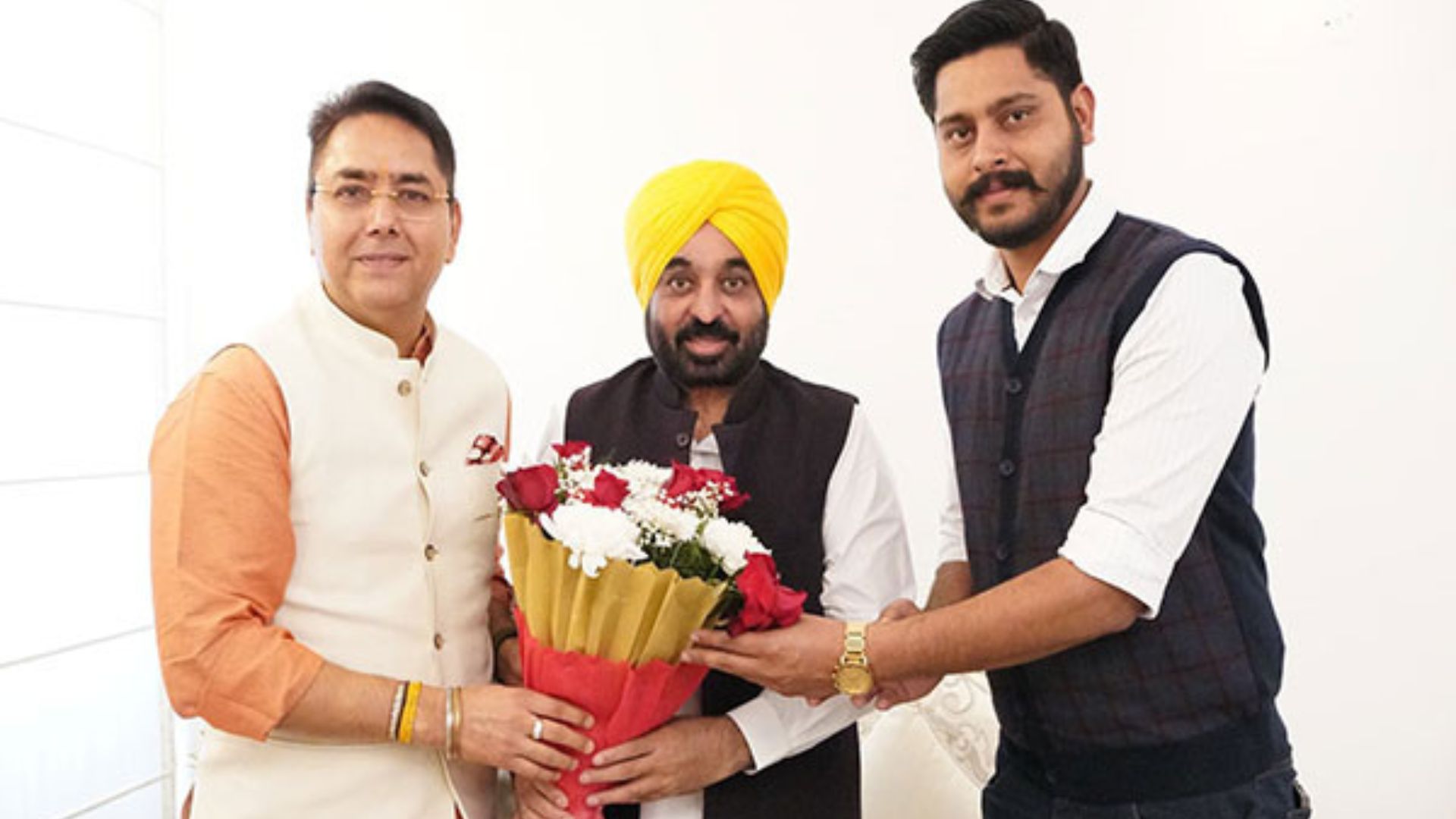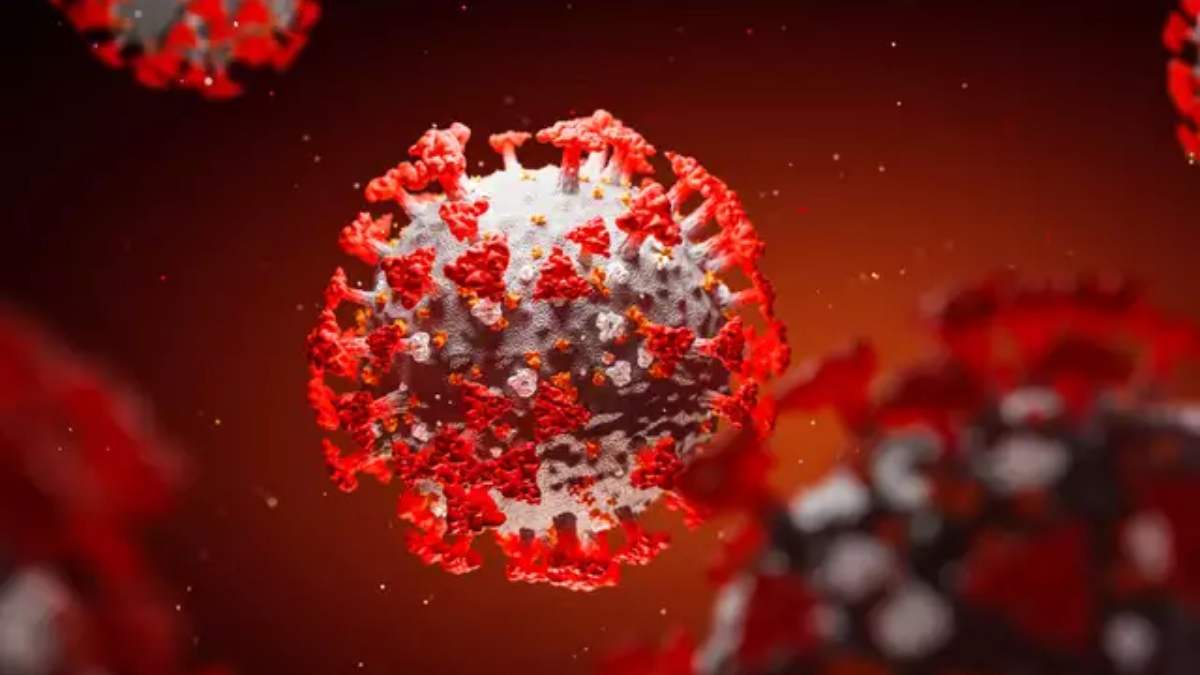
The Maharashtra task force for Covid-19 on Thursday warned that there may be a third wave in the state in the next two to four weeks. It, however, said that children would not be affected as much as those in lower middle-class clusters that haven’t been exposed to the virus so far.
The task force’s warning came on the day a seroprevalence study conducted by the World Health Organization (WHO) and the All India Institute of Medical Sciences (AIIMS) revealed that the possible third wave is unlikely to disproportionately affect children than adults.
The task force predictions were made in a meeting chaired by Maharashtra Chief Minister Uddhav Thackeray, a report in a leading national newspaper said, with data pointing to the fact that the total number of cases in the third wave could be double than those in the second wave, with active cases reaching up to eight lakhs. While 19 lakh cases were registered in the first wave in 2020, the second wave saw 40 lakh cases in 2021.
State health department officials highlighted that the number of patients during the second wave was much higher due to the Delta variant. In that case, the possible third wave could see a higher volume of patients due to the Delta plus variant. It is also expected that 10% of the Covid cases could come from children or young adults, a phenomenon also seen in the first two waves.
Stressing on the need to practice Covid-appropriate behaviour, Dr Shashank Joshi, member of the task force, said that Maharashtra could face the same situation as UK where a third wave hit within four weeks of ebbing of the second wave.
The meeting was held to take stock of the preparations to tackle a possible third wave. The health department looked at all the possible scenarios in case a fresh wave hits the state.
CM Thackeray also said that vaccination must be increased. He said that the country would receive 42 crore doses of Covid-19 vaccine by August-September and Maharashtra too could benefit from it. He also highlighted the importance of social distancing and RT-PCR tests. He said that PPE kits and other materials must be procured too.
Meanwhile, a seroprevalence study conducted by WHO and AIIMS revealed that the expected third wave is unlikely to disproportionately affect children than adults. The SARS-CoV-2 sero-positivity rate among children was high and was comparable to the adult population in the survey, which was conducted in five selected states with a total sample size of 10,000.
“SARS-CoV-2 sero-positivity rate among children was high and was comparable to the adult population. Hence, it is unlikely that any future third wave by prevailing Covid-19 variant would disproportionately affect children two years or older,” the survey stated.
The results were taken during midterm analysis, which were based on the data of 4,500 participants from four states. More results are awaited in the coming months.
It was found that in resettlement colonies in South Delhi’s urban areas which have a very congested population had a very high (highest reported yet in any sero-assessment) seroprevalence of 74.7 per cent, Dr Puneet Misra, Professor of Community Medicine at AIIMS, New Delhi, who led the survey said.
Even before the second wave, children below the age of 18 in South Delhi had as much seroprevalence (73.9 per cent) as the below 18 years (74.8 per cent). “These areas in Delhi and NCR (Faridabad) may have higher seroprevalence after the intense second wave. Probably, these levels of seroprevalence may be protective against any ‘Third wave’,” Dr Misra said.
“In congested urban areas of Delhi, since children already have high seroprevalence, opening schools may after all not be a very risky proposition. During the second wave, the NCR region of Faridabad (rural area) has a seroprevalence of 59.3 per cent (almost equal in both age groups), which could be considered high compared to previous national surveys,” the survey said.
Gorakhpur Rural has a very high seroprevalence of 87.9 per cent (2-18 years) with 80.6 per cent and above 18 years with 90.3 per cent. These levels are likely to ward off the “third wave”. The survey says Gorakhpur is mostly affected in rural areas that means more chances of herd immunity. The accelerated peaks and precipitous decline in Covid-19 cases in both Delhi and Uttar Pradesh could be explained partially by these findings.
WITH ANI INPUTS

